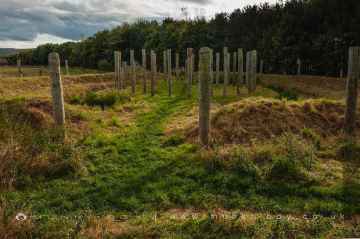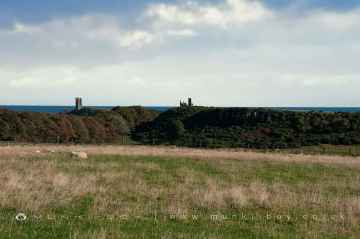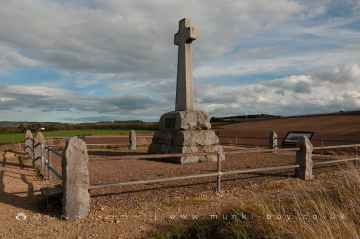Ashington
Ashington is a Town in the county of Northumberland.
There are great places to visit near Ashington including some great villages, ancient sites, beaches, hiking areas, geological features, castles, ruins, islands, towns, roman sites and historic monuments.
Ashington has some unmissable villages nearby like Milfield, Craster, and Bamburgh.
Ashington is near some unmissable ancient sites like Milfield North Henge,
The area around Ashington boasts some of the best beaches including Embleton Bay, and Bamburgh Beach.
There are a several good hiking areas in the Ashington area like Dunstanburgh, Sycamore Gap, and Hadrian's Wall near Hexham.
Don't miss Gull Crag and the Rumble Churn, Greymare Rock, and Sycamore Gap's geological features if visiting the area around Ashington.
There are a number of castles near to Ashington including Dunstanburgh Castle.
There are a number of ruins near Ashington including Dunstanburgh Castle, WWII Sandbag Pillbox, and Old Limekiln at Dunstanburgh.
Ashington is near some unmissable islands like Farne Islands,
There are a number of towns near to Ashington including Hexham.
The area around Ashington features a number of interesting roman sites including Hadrian's Wall near Hexham, and Chesters Roman Fort.
Ashington is near some unmissable historic monuments like Flodden,
Ashington History
There are some historic monuments around Ashington:
Places to see near Ashington
History of Ashington
It’s worth noting that “sc” in Old Englisc is “sh” in Modern English, so “Aesc” becomes “Ash”, which is also related to the Old Norse “Ask”. Ask was also the name of the first man in Norse mythology. Ask and Embla (Ash and Elm) where the first humans crafted by Odin and his brothers from driftwood. Anglo Saxon and Norse mythology are related, although lack of writing does limit how much we know of the similarities and differences in the pagan mythos of the two cultures. We can only guess at how important ash trees were to Anglo Saxon settlers. The first evidence of mining is from bell-shaped pits and monastic mine workings discovered in the 20th Century during tunnelling. Ashington developed from a small hamlet in the 1840s when the Duke of Portland built housing to encourage people escaping the Irish potato famine to come and work at his nearby collieries. As in many other parts of Britain, “deep pit” coal mining in the area declined during the 1980s and 1990s leaving just one colliery, Ellington which closed in January 2005. In 2006 plans for an opencast mine on the outskirts of the town were put forward, although many people objected to it. During the heyday of coal-mining, Ashington was considered to be the “world’s largest coal-mining village”. There is now a debate about whether Ashington should be referred to as a town or a village; if considered as a village it would be one of the largest villages in England. As coal mining expanded, more people left the countryside and settled in Ashington. This led the Ashington Coal Company to build parallel rows of colliery houses. Some newcomers came from as far as Cornwall to make use of their tin-mining skills.
























